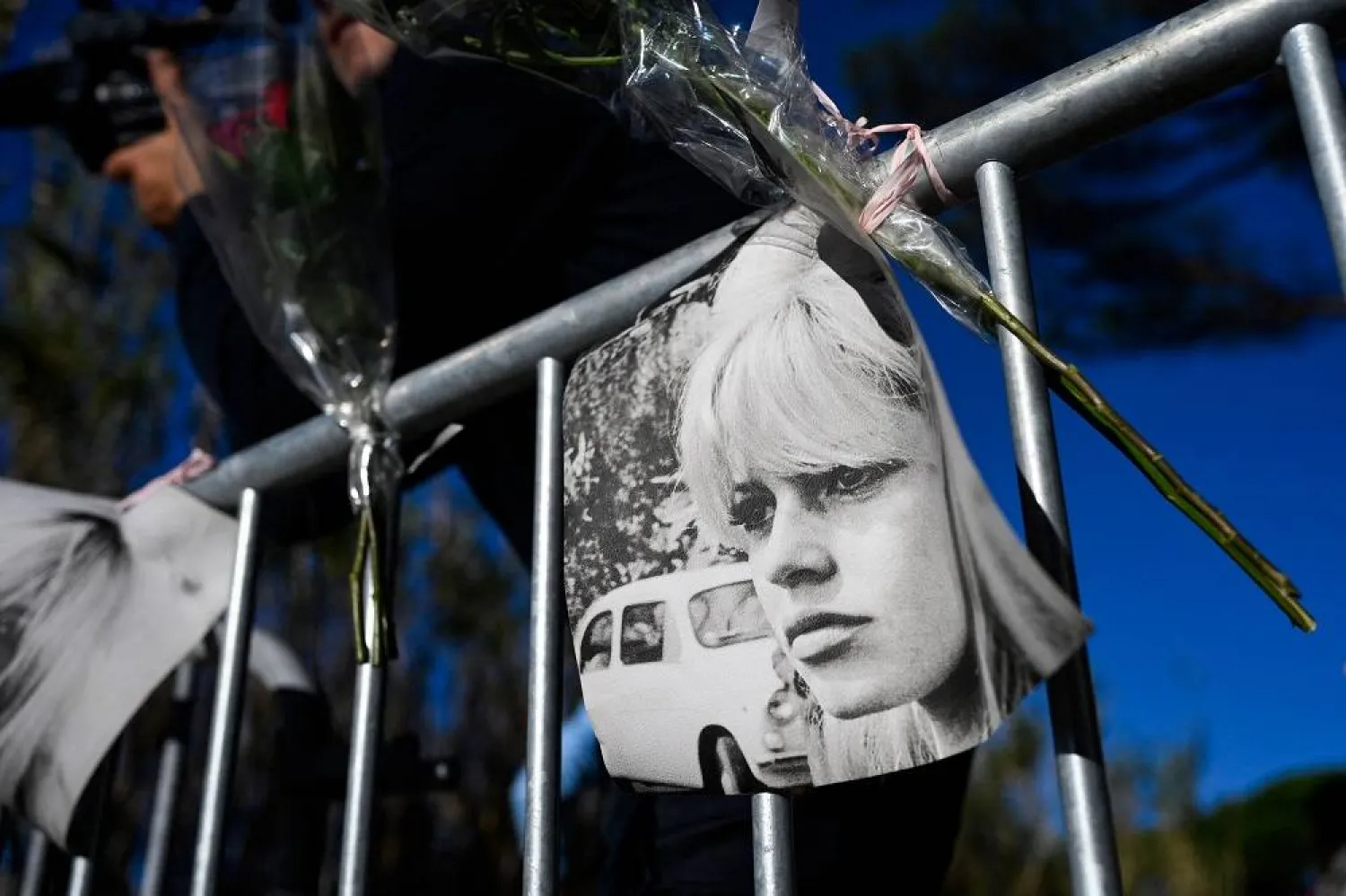The loudest applause on opening night at the Toronto International Film Festival was for Totoro.
When the Studio Ghibli logo of the magical creature from Hayao Miyazaki's "My Neighbor Totoro" appeared on the screen Thursday night, it meant to the audience the premiere of Miyazaki’s latest and perhaps last film, "The Boy and the Heron." For many at TIFF, it was the movie event of the year.
A decade ago, Miyazaki, the anime master of "Spirited Away," "Howl's Moving Castle," "Kiki’s Delivery Service" and "Ponyo," said he was retiring from film and that 2013's "The Wind That Rises" would be his last film. But Miyazaki, now 82, soon after began slowly toiling away on one more. For Miyazaki, who painstakingly crafts thousands of hand drawings for a film, it's a long and laborious process.
His work has been shrouded in mystery, in part because Miyazaki very rarely does interviews. Plus, in a marketing rarity, "The Boy and the Heron" has been released in Japan without any of the usual promotion — no TV ads or billboards — that accompanies such a feverishly awaited movie. (It will open in North American theaters Dec. 8.) Several of Miyazaki's films rank among the biggest box-office hits ever in Japan; there are few other filmmakers today as revered — and fiercely beloved — as Miyazaki.
"We are privileged enough to be living in a time where Mozart is composing symphonies," the filmmaker Guillermo del Toro said Thursday, introducing the film's first screening outside Japan. "Miyazaki san is a master of that stature."
Miyazaki, who didn't travel to Toronto, has himself lampooned his inability to fully step away. In journal excerpts shared in the film's press notes, Miyazaki writes: "There’s nothing more pathetic than telling the world you’ll retire because of your age, then making another comeback."
"Doesn’t an elderly person deluding themself that they’re still capable, despite their geriatric forgetfulness, prove that they’re past their best?" he adds. "You bet it does."
The title of Miyazaki's latest is "Kimi-tachi wa Do Ikeru Ka?" in Japanese, which translates as "How Do you Live?" It comes from Genzaburo Yoshino's 1937 novel, on which the movie is loosely based. In one of his few public comments, Miyazaki was asked if his film would supply any answers to that question.
"I am making this movie because I do not have the answer," Miyazaki told The New York Times in 2021.
What may surprise some is that while there's much wisdom and reflection in "The Boy and Heron," it's just as infinitely imaginative as Miyazaki's earlier films — a dazzling odyssey in the vivid mold "Spirited Away." It's both the wistful swan song of a great filmmaker and the boundless work of an ever-young creative mind.
The main character is Mahito Maki (voiced by Soma Santoki), a 12-year-old boy who, in the film's opening WWII-set scenes, loses his mother in a Tokyo hospital fire. It's not long after that his father marries Mahito's mother's sister (Yoshino Kimura) and, on the country estate they have moved to, Mahito's bitter and grief-filled life is interrupted by a gray heron (Masaki Suda) that won't leave him alone.
Not unlike Satsuki and Mei of "My Neighbor Totoro," Mahito is led down a wooded path and into an enchanted realm entered through a stone tower built by Mahito's granduncle. We are again, invited into a dizzyingly colorful otherworldly fantasy of Miyazaki's making. It may be rife with metaphor — for nature, for grief, for healing — but it also exists in the pure and unfiltered dimension of dream.
"The Boy and the Heron" can be a convoluted place, but many will recognize countless hallmarks of Miyazaki, albeit with a particular avian atmosphere this time. Yes, there are birds — not just the heron but florid flocks of parakeets. There are fiery hearths and glowing orbs, gobs of bloody organs and malicious actors who threaten the stability of this verdant but under-siege paradise.
There is also an elderly granduncle with a long beard nearing the end of his life, aware that his ability to hold this crumbling world together is receding. Does he need an heir? Will it all collapse? For Miyazaki, who once said the purpose of his films was "to fill in the gap that might be in your heart or your everyday life," "The Boy and the Heron" is ultimately about letting the kingdom go.
"Build your own tower," the granduncle tells Mahito.
If this is to be the last Miyazaki movie (it would be unwise to ever really count him out), it's a tremendously moving goodbye. There is no legacy burnishing here but a gentle plea. Dream your own dreams. Create your own worlds. Build your own towers.









